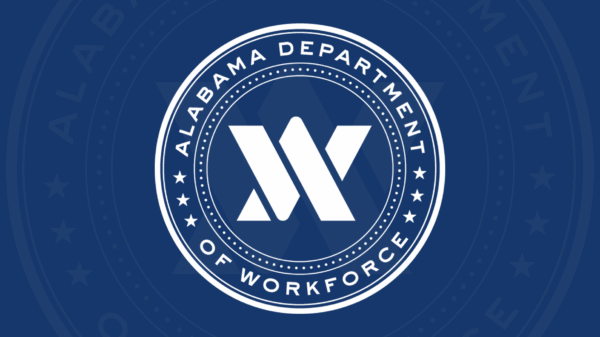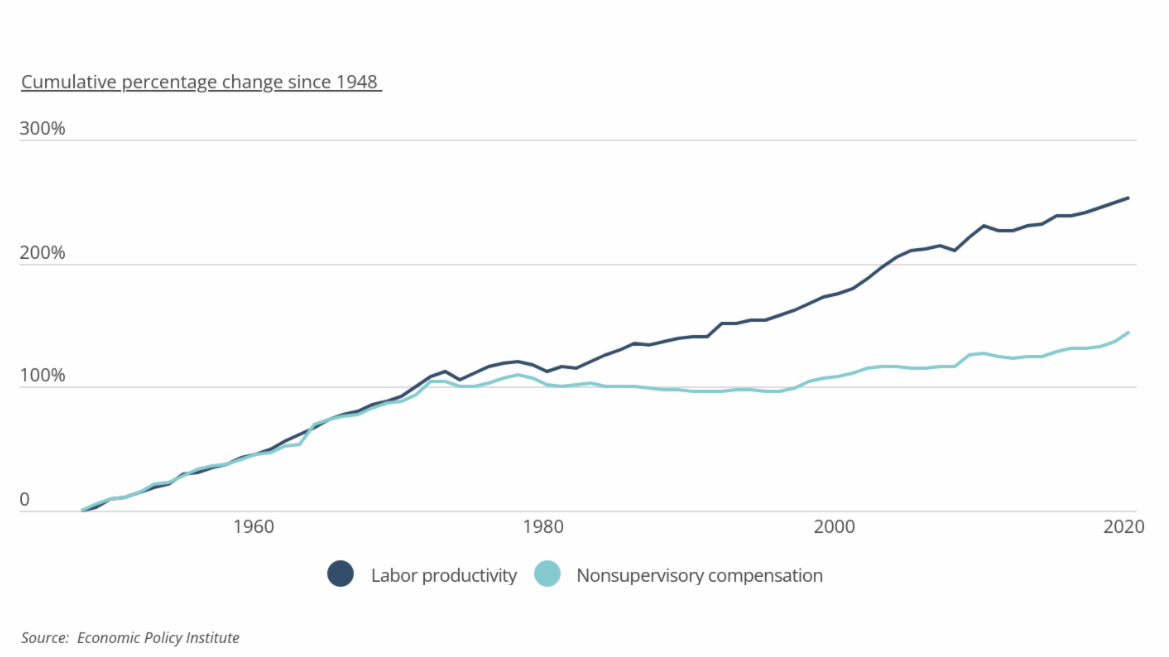A new study shows that Alabama ranks among the worst states in the country for labor productivity.
The Smartest Dollar study compared each states total value-added output against its total annual hours worked to measure labor productivity compared to years past.
“Productivity is a useful metric for assessing the economy because it reflects the economy’s ability to generate goods and services from the same amount of work,” the study states. “Productivity growth can simultaneously benefit businesses through increased profits, consumers through increased availability of goods and services, and workers through increased compensation.”
Alabama ranks 45th among all U.S. states with a labor productivity that amounts to $63.12 per hour worked, compared to $82.89 nationally.
“After more than a decade of below-average productivity growth, the COVID-19 pandemic raised the prospect of a productivity boom,” the study says. “Many low-productivity jobs were eliminated early in the pandemic, while major infrastructure investments and the accelerated adoption of automation and artificial intelligence created conditions for productivity to rise. But more recent data has shown productivity declining. The Bureau of Labor Statistics reported a 7.3 percent decline in labor productivity during the first quarter of 2022, the steepest decline since 1947.”
In recent decades, the link between productivity growth and wage growth has weakened. Experts term this phenomenon the “productivity-pay gap.” From the late 1940s to the late 1970s, the cumulative growth for both labor productivity and compensation for nonsupervisory employees closely tracked one another. But beginning in the late 1970s, the growth rate for compensation began to level out, even as labor productivity continued to increase. The cumulative percentage change in productivity since the late 1940s is 253 percent, while wages have grown by only 144 percent over the same span.
One of the critical factors that has impacted productivity trends is industry. Research from the Bureau of Labor Statistics has found that many of the industries with large productivity-pay gaps are those that have also seen the largest gains in productivity in recent decades. Sectors like manufacturing have improved their productivity through automation and by offshoring jobs to less expensive labor markets. Meanwhile, technology-based industries like computer manufacturers and software publishers saw an explosion of innovation in the late 20th and earlier 21st century that contributed to rapid growth.
Gaps in productivity are also apparent across geographies. The Northeast and West have states that tend to be more productive than the U.S. as a whole. These states have advantages in the determinants of overall economic productivity that help contribute to their high labor productivity levels. For example, the technology-heavy industry makeup of Washington and California, the availability of capital and financing in New York, and the high educational attainment levels in Massachusetts all contribute to these states’ strong labor productivity.
The data used in this analysis is from the U.S. Bureau of Labor Statistics Office of Productivity and Technology (OPT). To determine the states with the greatest labor productivity, researchers at Smartest Dollar divided each state’s total value-added output by its total annual hours worked. In the event of a tie, the state with the greater value-added output was ranked above. All data shown is for private, nonfarm industries in 2021.



















































